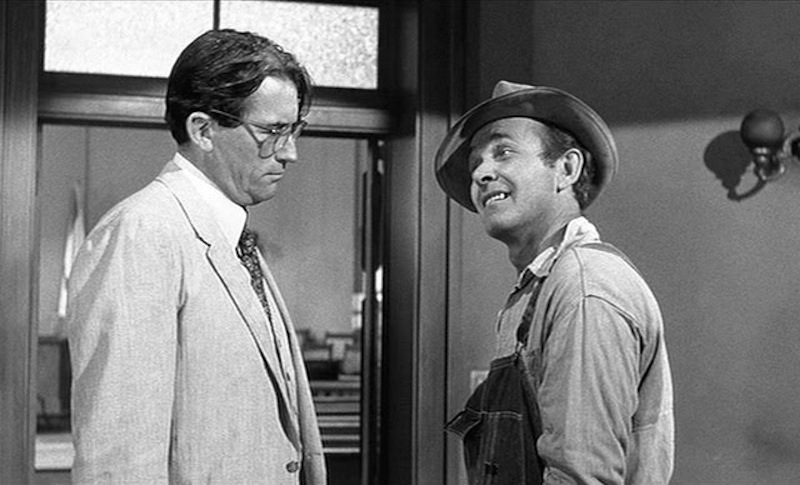Shrouded In Myth
Callie Feyen
 “Stick to the daily learning targets. Do not get off track.” This is one of my administrators, the one that meets with me once a week to go over my lesson plans. Daily Learning Targets are like Bible Memory Work: we are to write these words on our hearts and minds. Do not stray from these words. And it’s not that I stray, but if I were to claim a characteristic of my teaching it’s that when I begin to study and discuss a story, I tend to walk my students down a path that we didn’t know we were going to walk down. Mayella Ewell’s geraniums, for example. The grace in Mercutio. Voldemort’s broken heart. All of these are bulls’ eyes; I just didn’t know I was shooting in their direction at the time.
“Stick to the daily learning targets. Do not get off track.” This is one of my administrators, the one that meets with me once a week to go over my lesson plans. Daily Learning Targets are like Bible Memory Work: we are to write these words on our hearts and minds. Do not stray from these words. And it’s not that I stray, but if I were to claim a characteristic of my teaching it’s that when I begin to study and discuss a story, I tend to walk my students down a path that we didn’t know we were going to walk down. Mayella Ewell’s geraniums, for example. The grace in Mercutio. Voldemort’s broken heart. All of these are bulls’ eyes; I just didn’t know I was shooting in their direction at the time.
Today, my “DLT” is to get my sixth graders to cite evidence from the text we are reading when answering questions I give them. We are reading a short essay titled “Shrouded in Myth.” It’s a piece to introduce the students to mythology because we are going to read one of the Percy Jackson books. On their copy of the essay, I have my students write the definitions down for “cite,” “evidence,” and “shrouded.” Shrouded is my favorite: to be cloaked or covered in mystery. Shrouded is how I feel standing here in Detroit. Shrouded is how I feel walking around Ann Arbor. The cloak is heavy; the cover thick.
“Why was Zeus so drawn to Danae? How did Zeus get to her?” My students are supposed to find this answer in the essay. “All you have to do is highlight the words in the text that answer the question,” I tell them. They pop off their highlighter caps, happy to use something besides a pencil.
“She was stunning!” one exclaims brushing the text with her highlighter. “He turned himself into gold rain? What?” another one says.
“Yeah! And then she gets pregnant!”
“That’s stupid. Everybody knows you can’t get pregnant when it rains.”
“It was gold rain, though.”
I fight everything I have within me that wants to say, “So ladies, when it rains gold, stay inside.”
“So,” one student begins, leaning back in his chair, “Zeus gets Danae pregnant, and then what?”
“Don’t sit like that,” I say. Safety first. Then, “what do you mean?”
“I mean, where’s Zeus in the rest of this story?”
Sure enough, he isn’t mentioned in the rest of the six-paragraph essay we are annotating. He gets Danae pregnant and then the next thing we know Perseus is slaying Medusa.
“Ain’t that just like a baby daddy?” one student says, and the entire class hoots and mmmm hmmmms.
“Always leaving,” another one mumbles.
On page one of The Lightning Thief, the Percy Jackson book we will begin tomorrow, Percy gives a warning: “If you recognize yourself in these pages—if you feel something stirring inside—stop reading immediately.”
I wonder if this will become a Daily Learning Target: “I can recognize myself in a story.” “I feel something stirring inside when I read.” Probably not. You can’t measure this. Keep the mystery veiled. Walk in the golden rain while your stomach stirs and churns with charades you’ll never understand.


